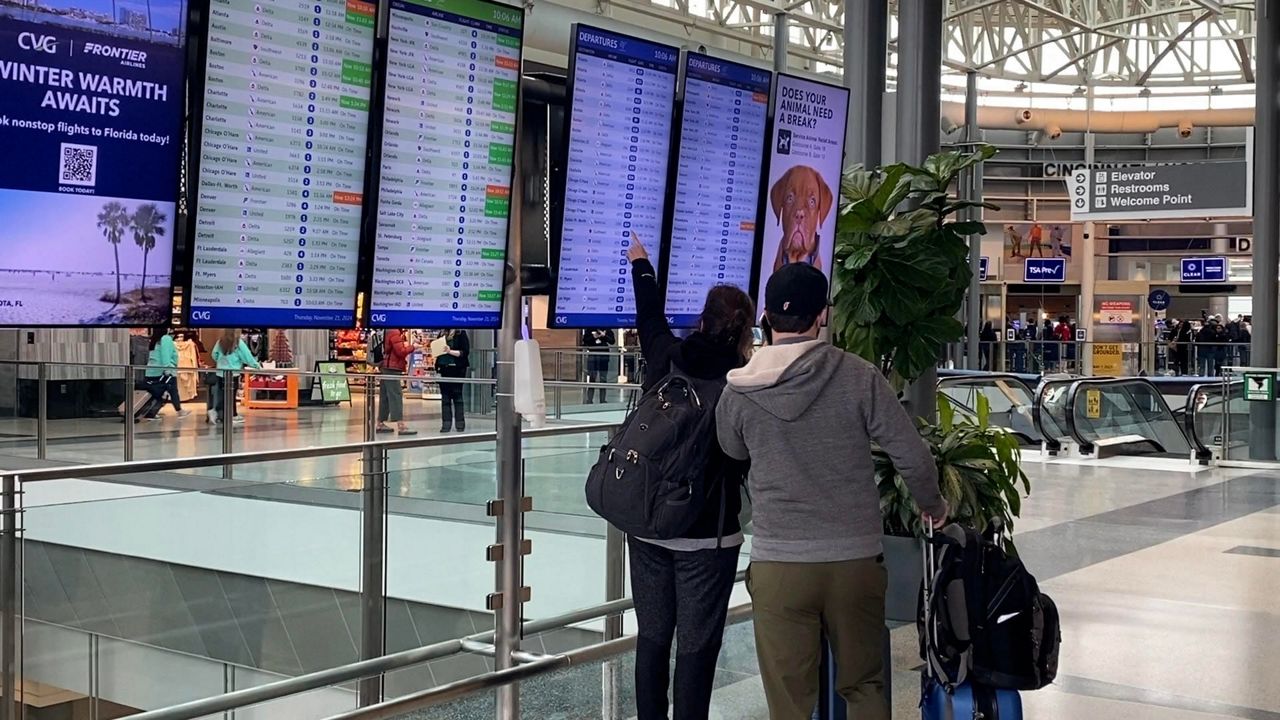Bussiness
Supply, demand, and location drive up rent for Central Florida Business owners

Renting Commercial Space
Some business owners across Central Florida are struggling with the cost of rent.
Orlando continues to see steady increases in retail demand but, according to a Cushman and Wakefield MarketBeat report.
But supply and demand aren’t the only issues. Location also impacts the cost of rent, said Richard Lewin, a business professor at Rollins College. He said commercial rent starts at around $25 per square foot downtown Orlando and Winter Park but can be much less expensive in other areas.
“When we think of the wider Orlando area, (which is) Sanford-Orlando- Kissimmee as the sort of area of study. Then we’ve got rents that may be as low as $13-$15 a square foot, depending upon the size as well,” he said.
Lewin said some landlords seek higher rent for a location because the spaces are in high traffic areas with greater earning opportunities, or a higher proportion of owners than occupiers.
“There is a convenience fee, as it were, for having a sort of unique location in a very particular area,” said Lewin. “And that’s really been one of the big drivers of rents moving forward.”
In addition to location, Lewin said many landlords are weighing the increasing cost of construction into what they charge for rent.
“Whenever we’re looking at rents, we also have to look at the buy versus build analysis. If it costs more to build it than buy it, then there’s a good chance that someone will buy it and be able to justify higher rent because the alternatives are much more scarce and much more expensive when they come to market,” he said.
Lewin adds that for small mom-and-pop businesses, the ability to scale the business can impact the price per square foot, which trickles down cost to the renter.
“There’s not as much incentive to build more of those very small, boutique style retail offerings. We’ve seen more pop ups and other ways of creatively addressing the need for smaller spaces at lower costs per square foot,” he said. “We’ve certainly backfilled shopping malls with edutainment and leisure complexes to try and reinvigorate those areas.”
Feast to Famine
According to a report from Cushman and Wakefield, the need for space has outpaced new supply for more than 4 years.
Supply has long lead times, said Lewin, along with a shortage of construction workers, which makes it difficult to add large volumes of space quickly.
“Because of the way Orlando has been developed, historically, we’re trying to infill projects, but some of those are reliant on infrastructure. Sometimes they’re highways. For example, the I4 project, which acted as a bottleneck for many years, reduced the ability to bring forward some of these particular projects.”
Just like migration and population growth is impacting affordable housing, it’s having impacts on development too, which further exacerbates supply issues.
“There is obviously a lot of competition in Miami and Tampa, but those areas have become much more expensive, much less affordable. That has a knock on effect to Orlando. In fact, there are some mainstream developers who perhaps would not have thought of Central Florida as the first point for their development plans,” said Lewin.
Developers are considering the connectivity of the Orlando International Airport and the potential Sunshine Corridor, according to Lewin.
“And there’s some major redevelopments downtown, the packing district, the milk district, Church Street, and the integration of the existing sports facilities there, trying to make it a more integrated and welcoming and walkable environment,” he said.
Depending on if the developer is in the private or public sector, the current state of inflation can impact their ability to build more supply.
“Private markets tend to borrow over shorter periods, and they don’t have direct access like the public equivalent companies do. They can go to consortium of banks and syndicate much larger loans for big projects,” said Lewin. “But with the smaller spaces, they would now be having to reprice many of the loans that were much cheaper two or three years ago, and that’s going to cause a reduction in the pace at which those smaller developments take place.”
Buy vs Rent
Some business owners are finding ways to get around high rent costs.
In August, the owner of Nora’s Sugar Shack in Orlando, bought the building through crowdfunding.
Buying is always a better option than renting, said Lewin, and which could be an option for some especially if they’re in an older building.
“Institutional portfolios don’t tend to want very old buildings and properties. So often the smaller private clients who have retail or other commercial properties can get to buy those smaller spaces,” he said.
However, Lewin said once the property is purchased there can be issues with maintenance.
“What we do know is that retail footfall in particular depends upon the quality of the environment around the development. Many of the mainstream developers spend a lot of time ‘place making’ — trying to set up the area and make the street scene look better. For the individual mom-and-pop operators, it’s much harder to have an impact in the whole area,” he said.








